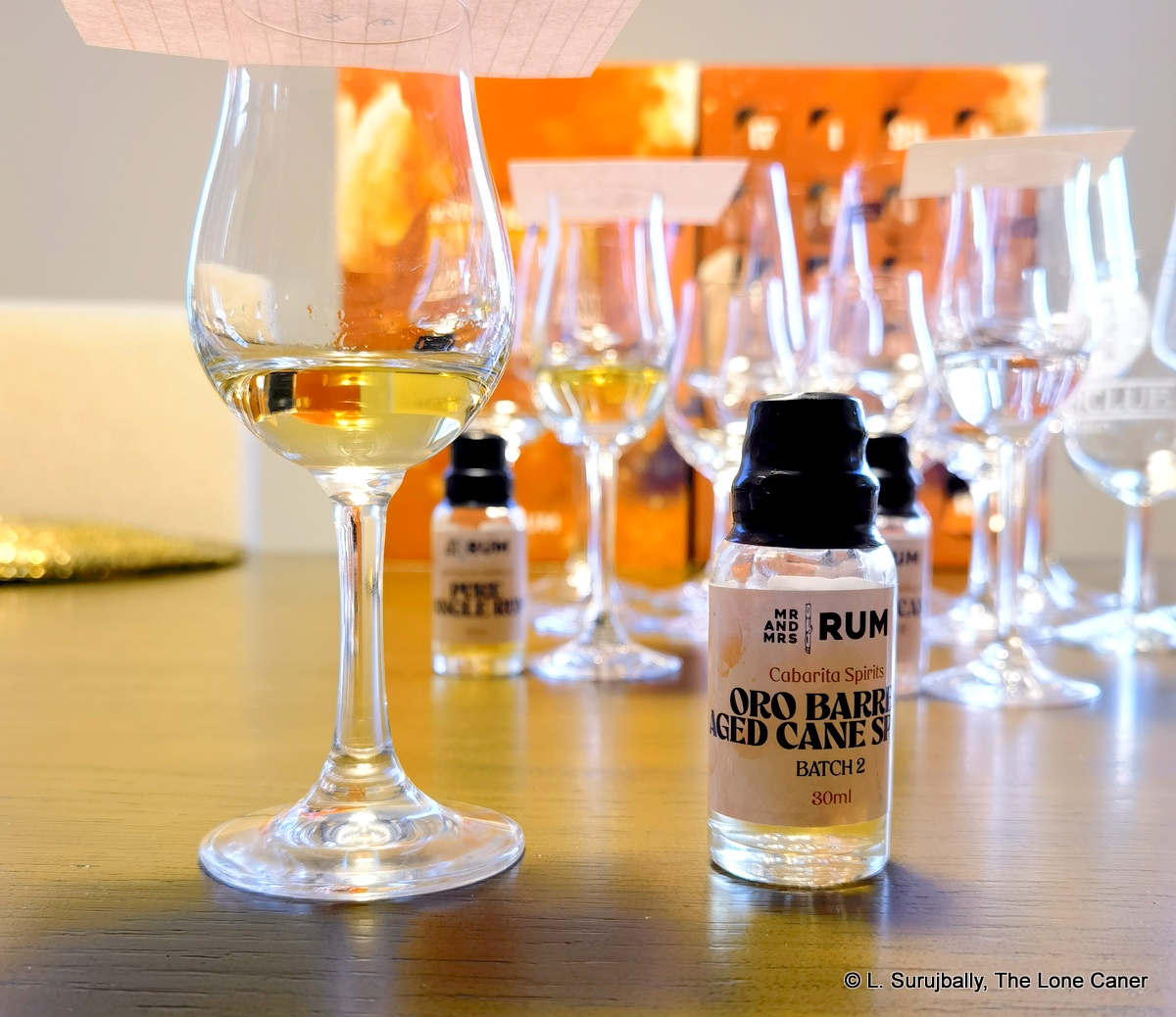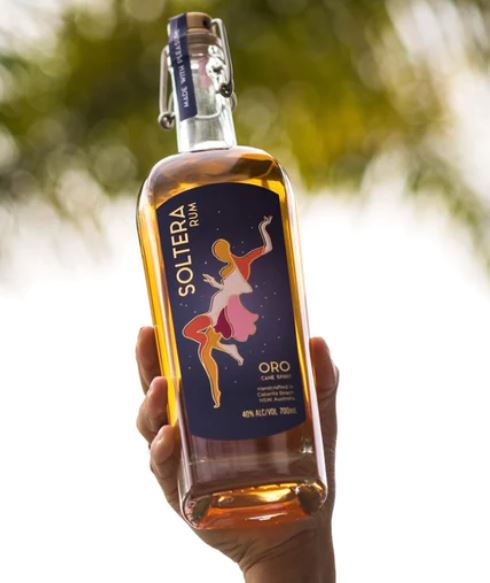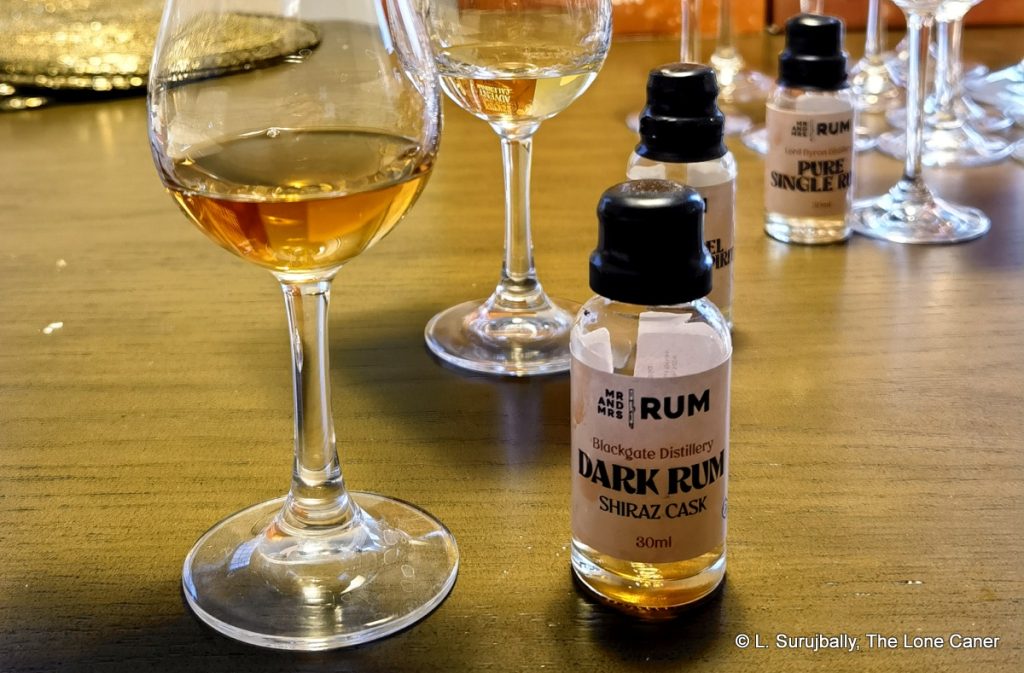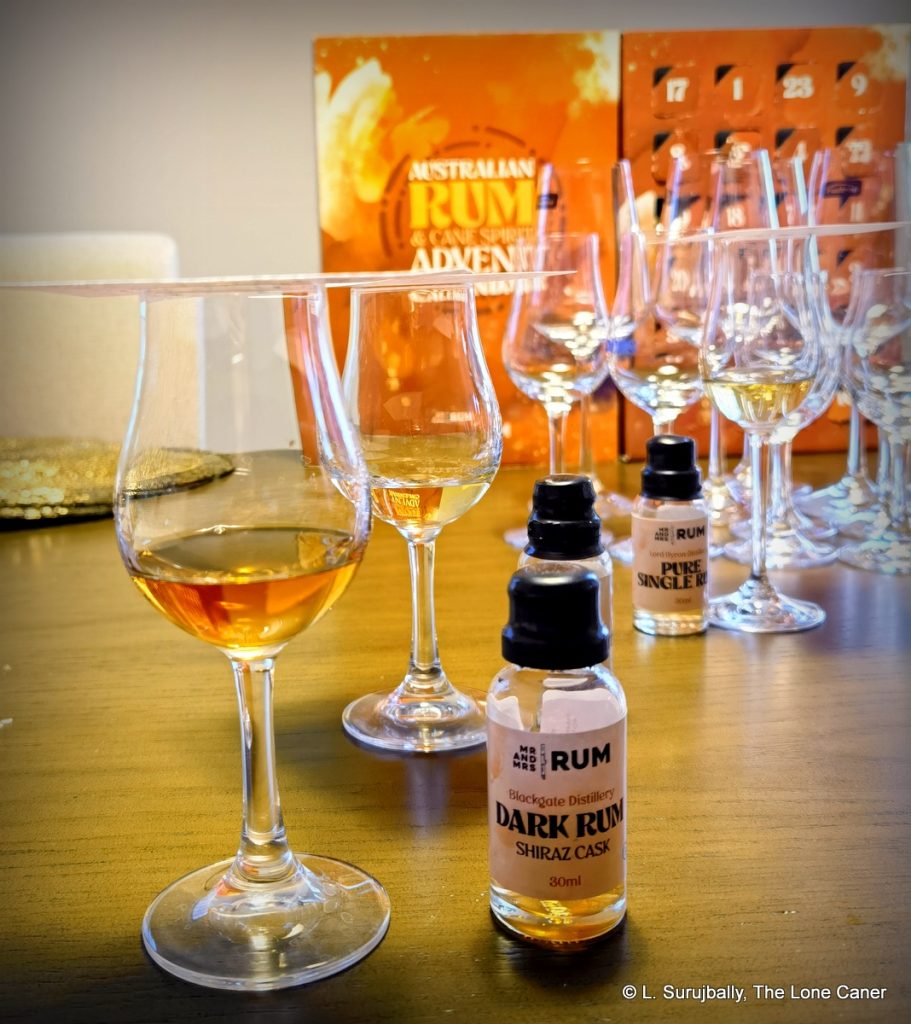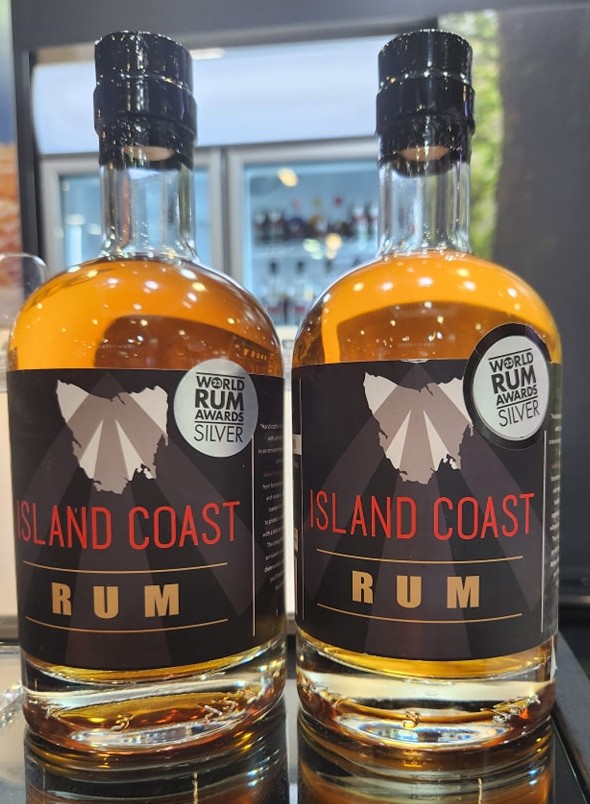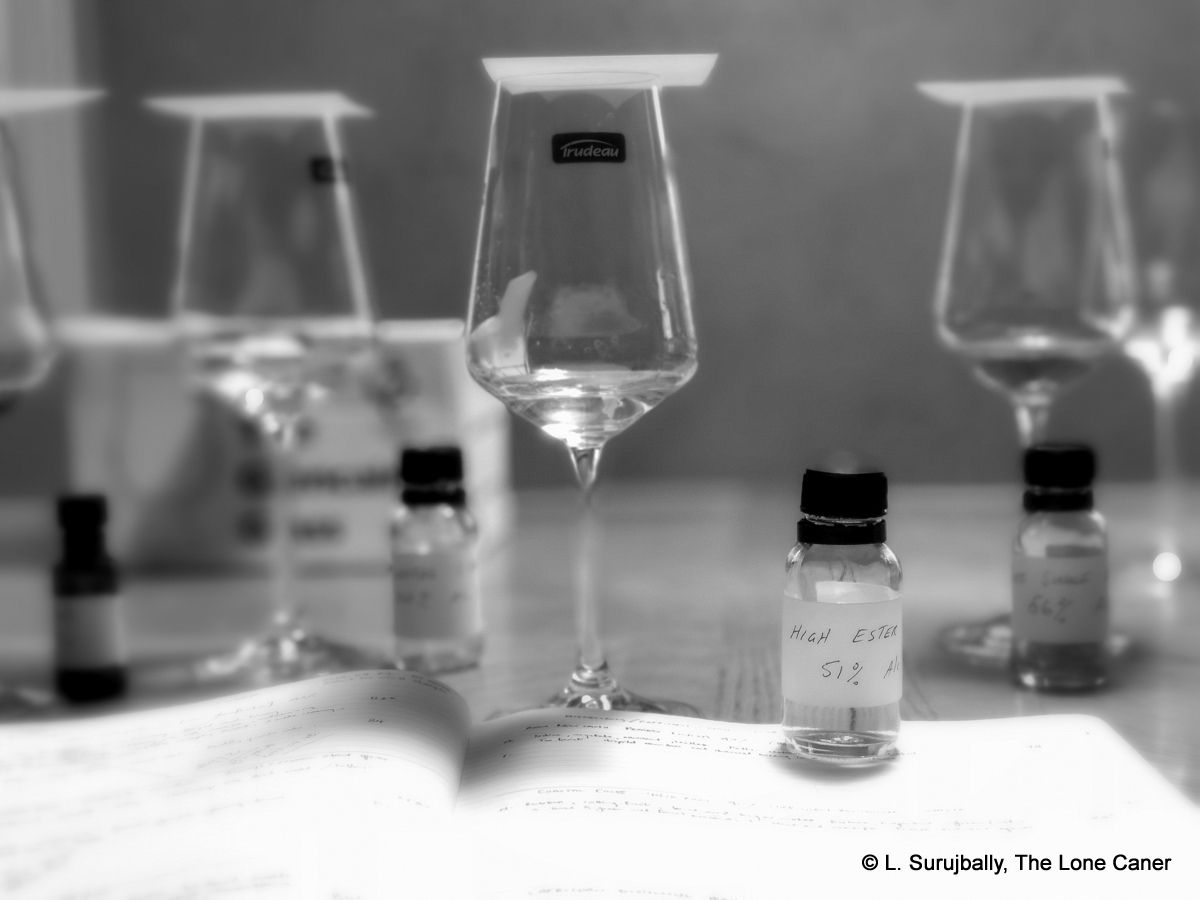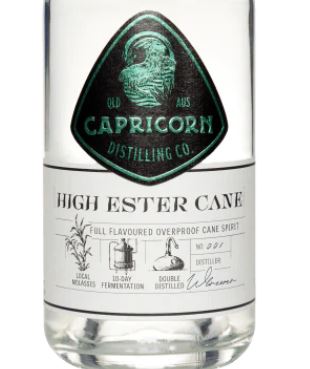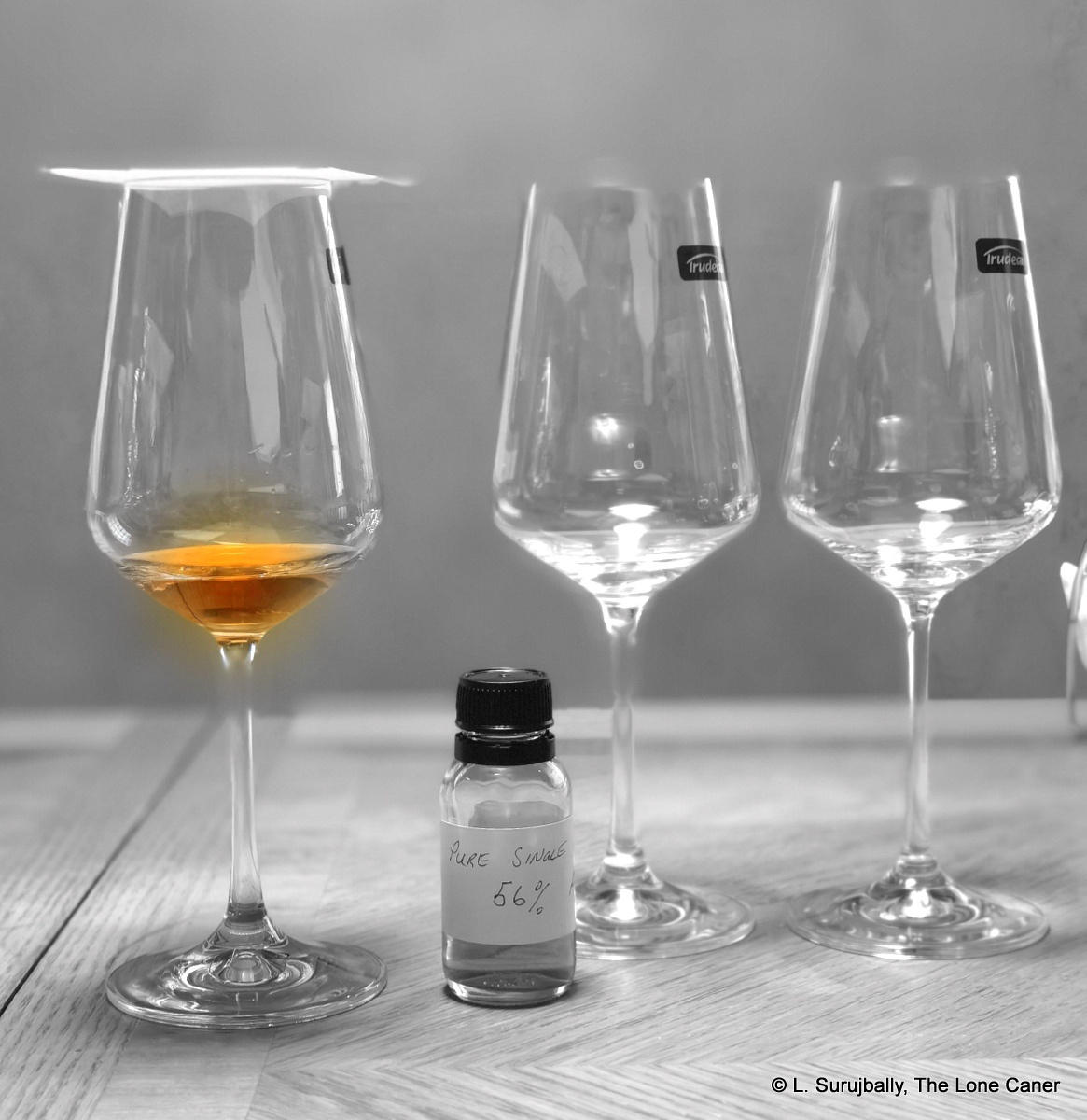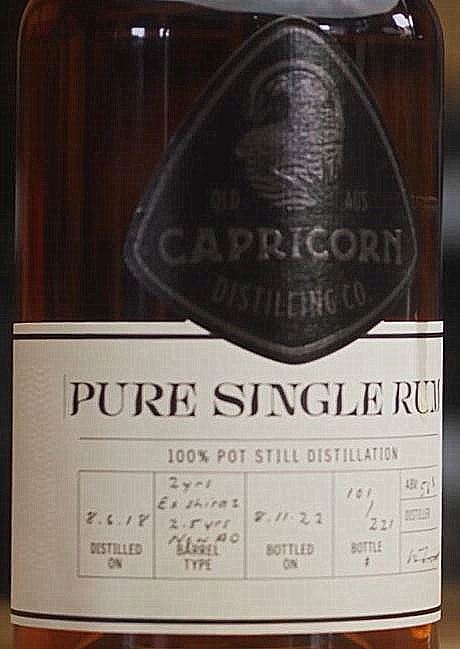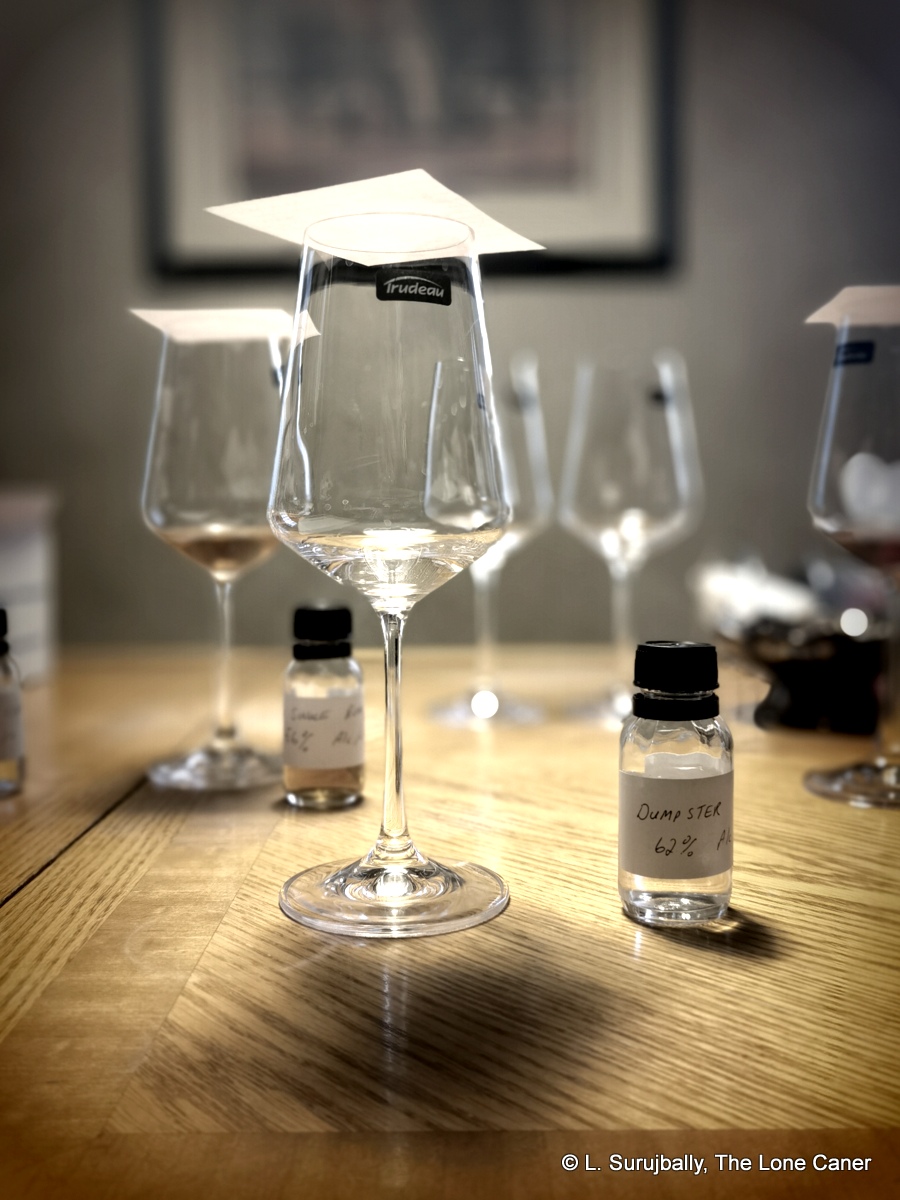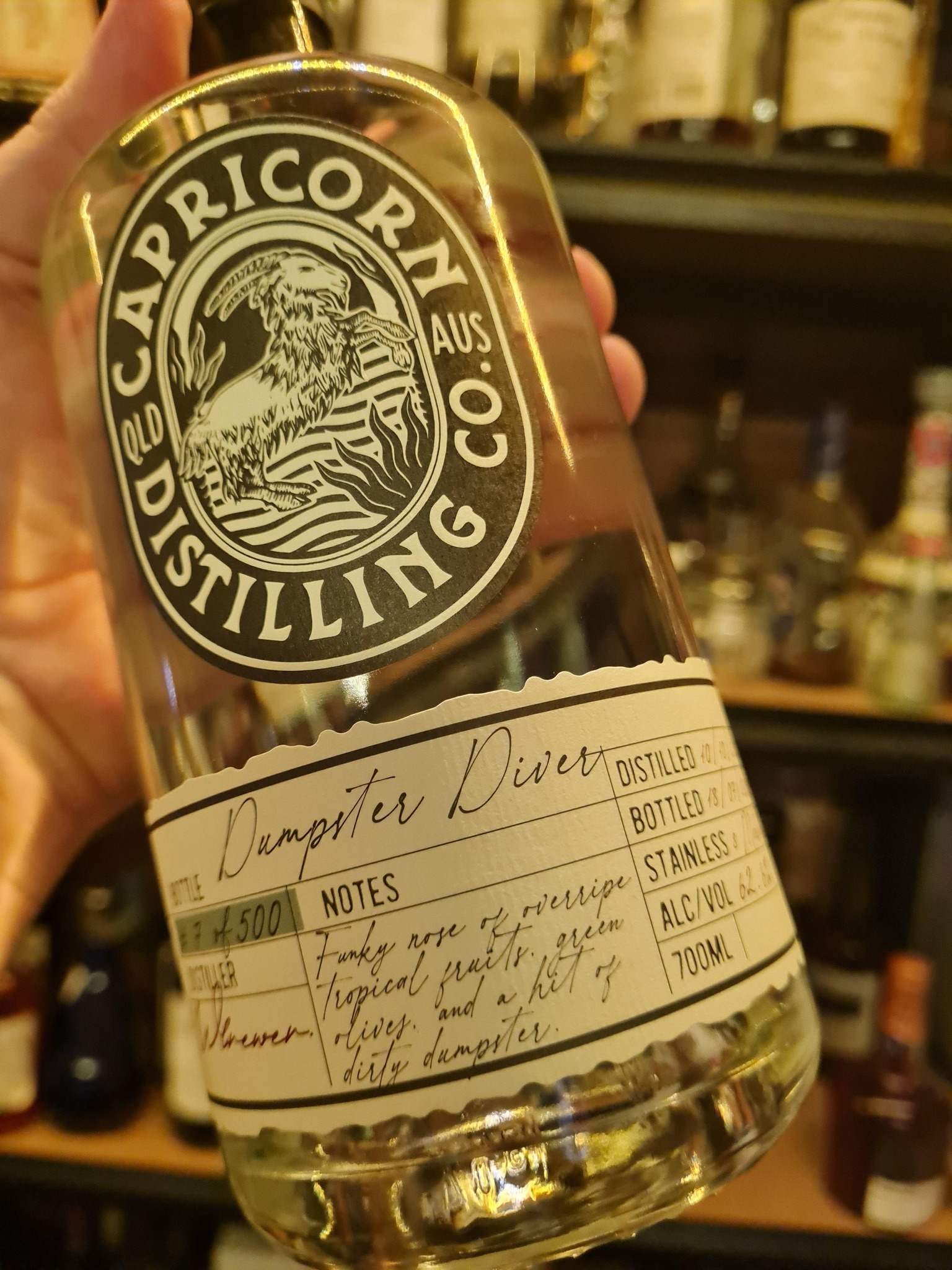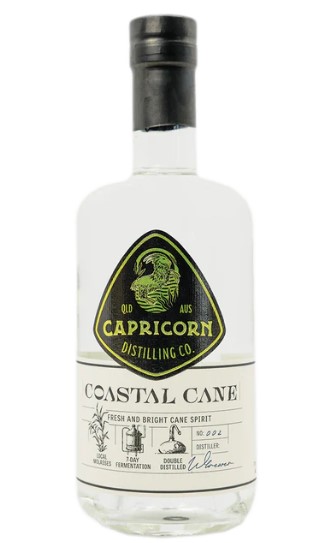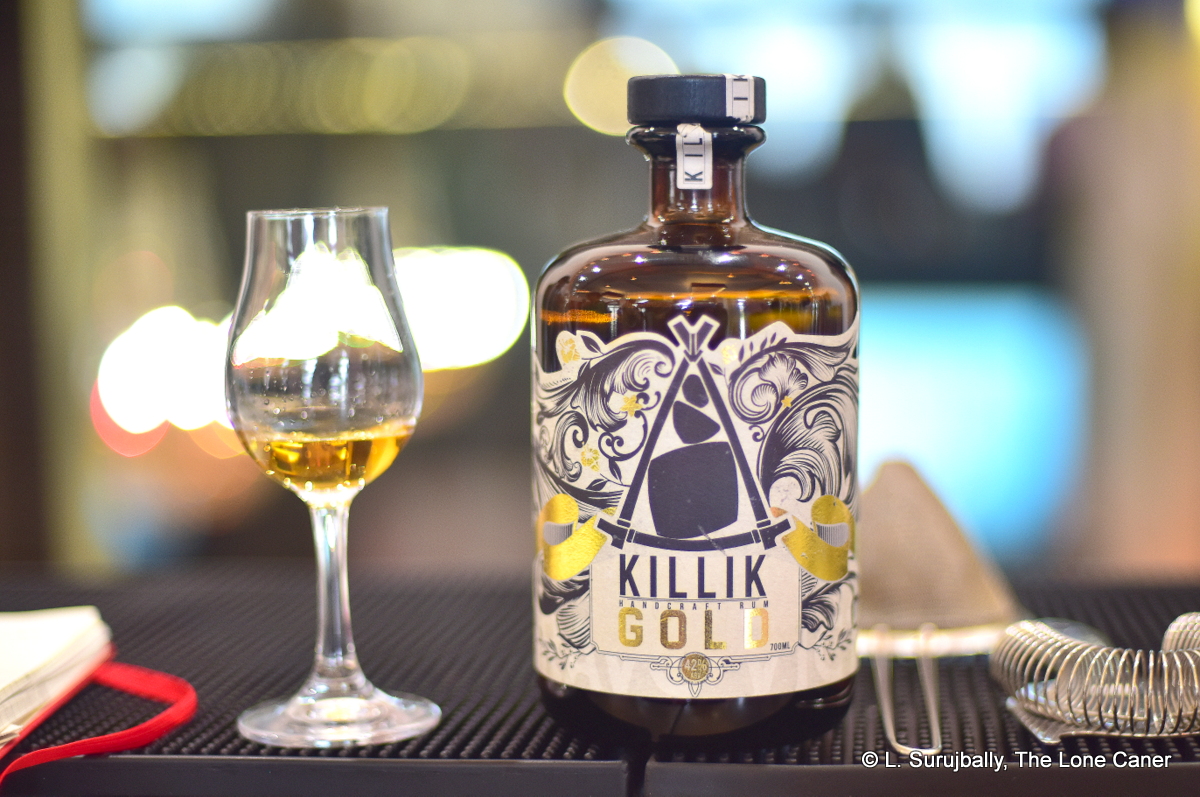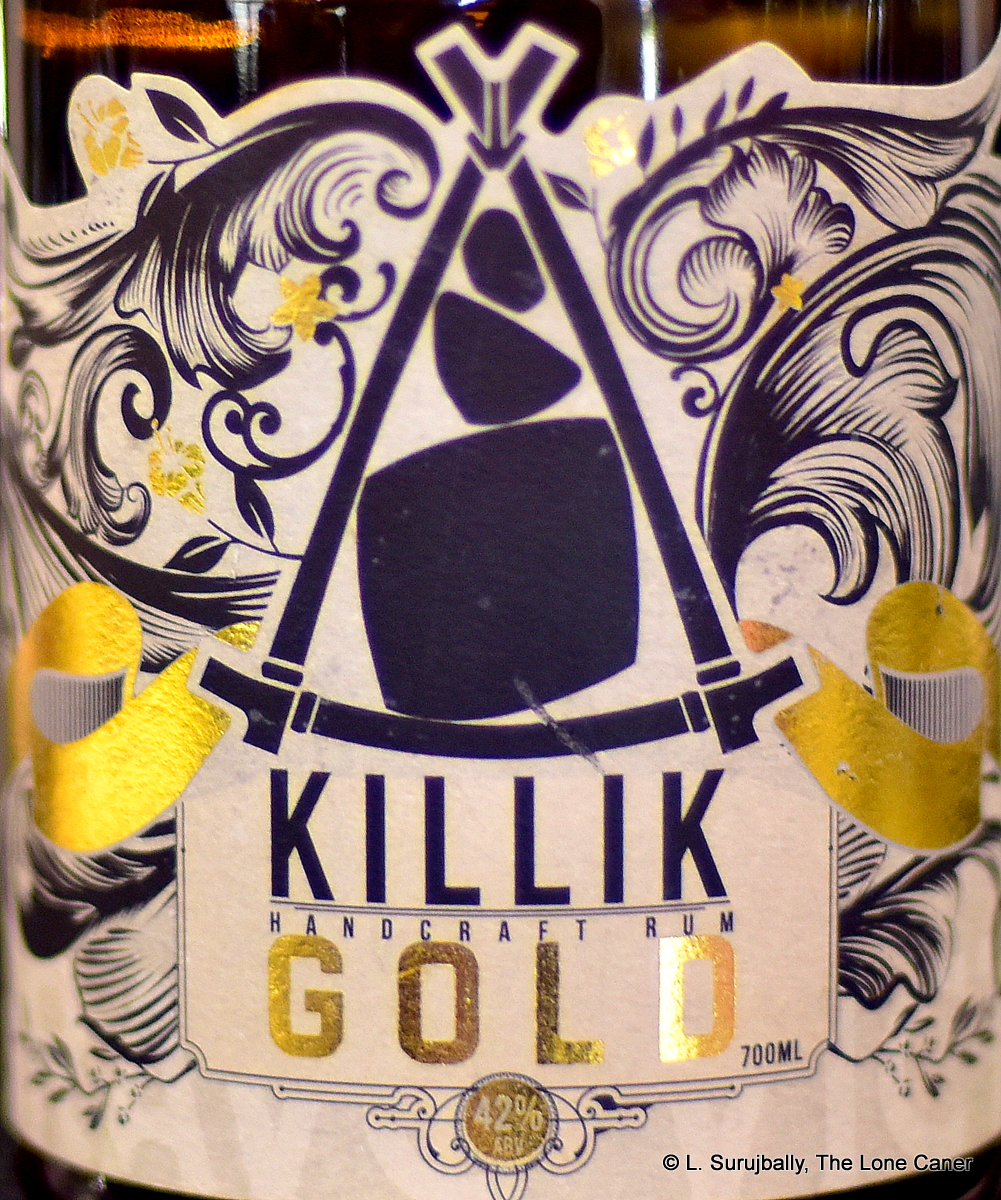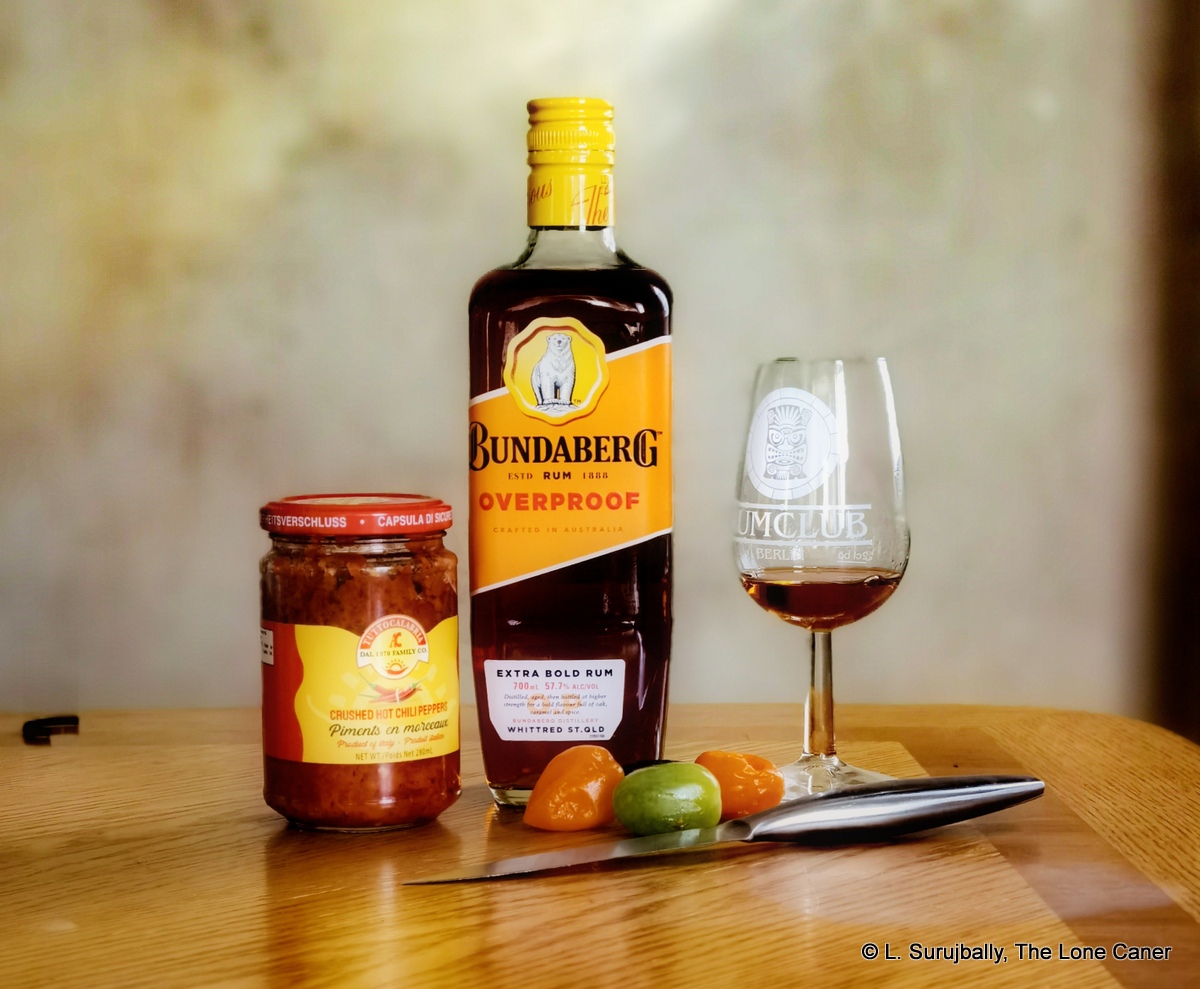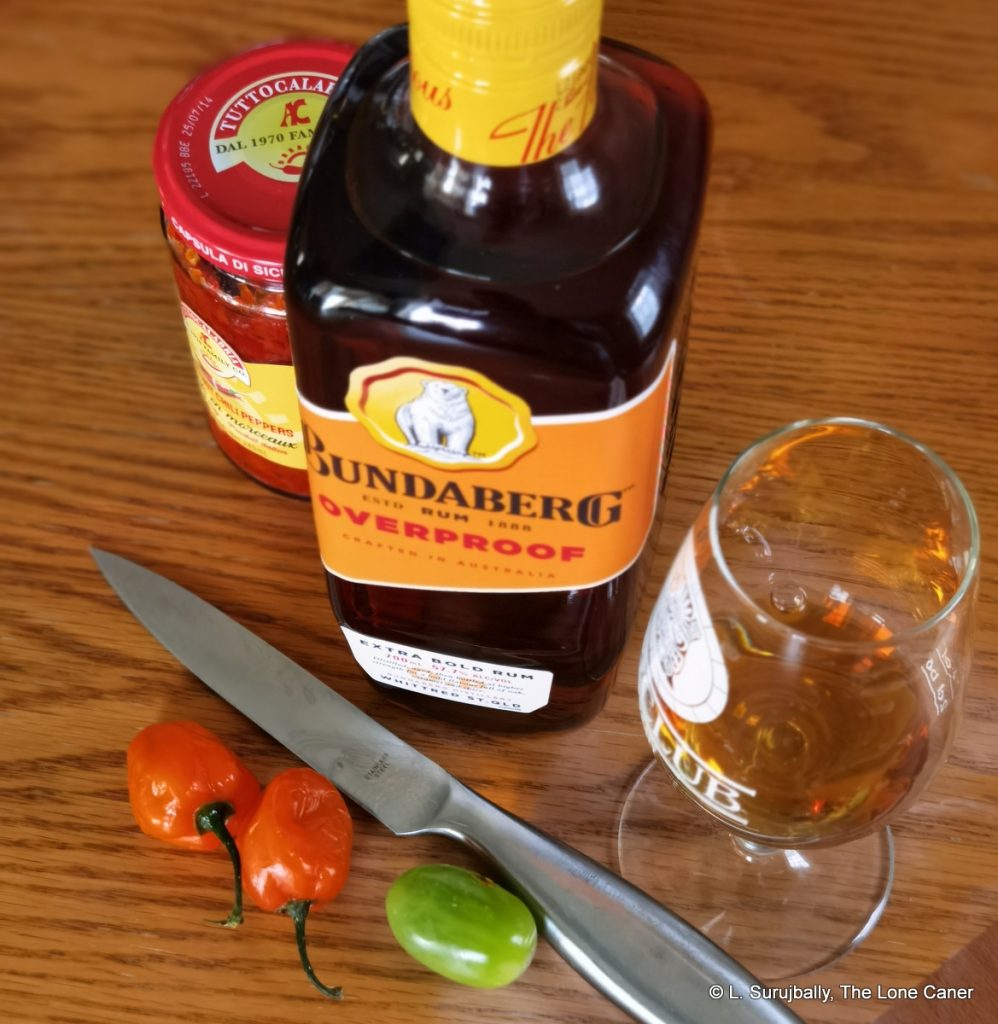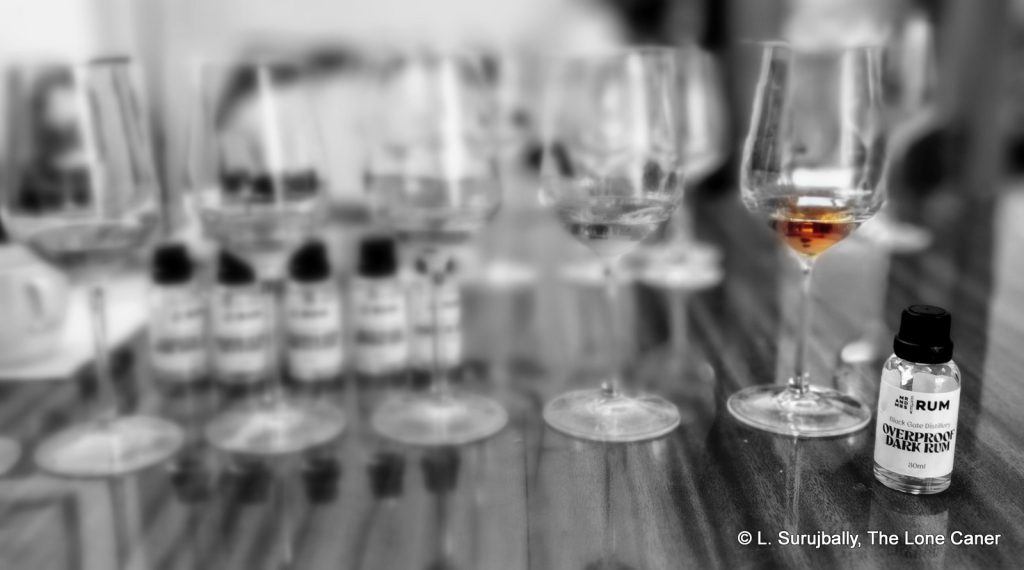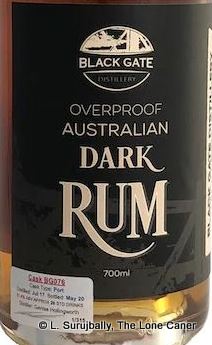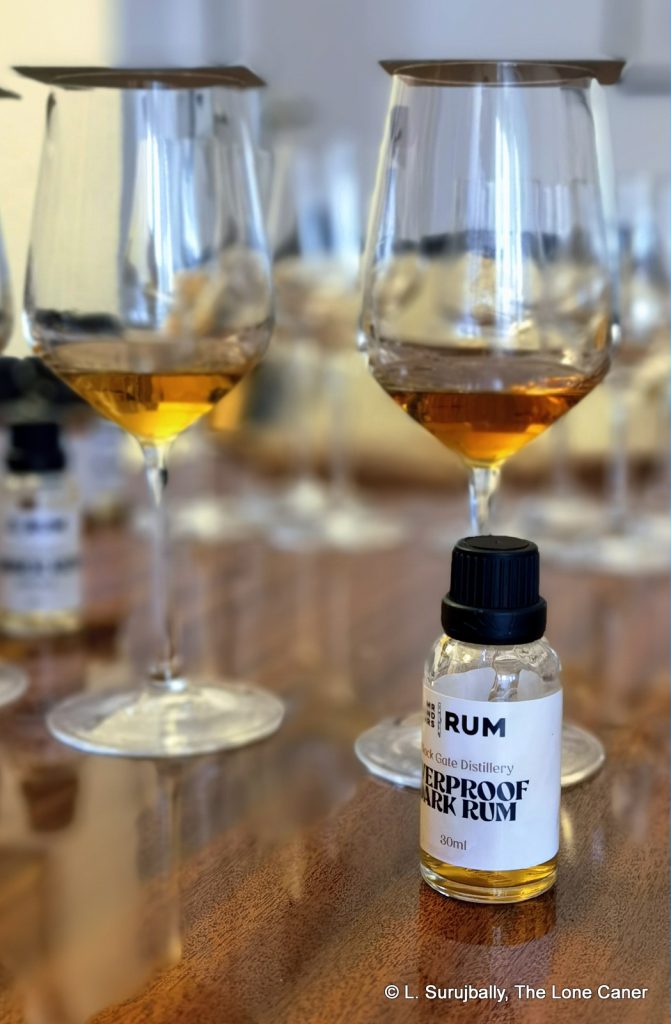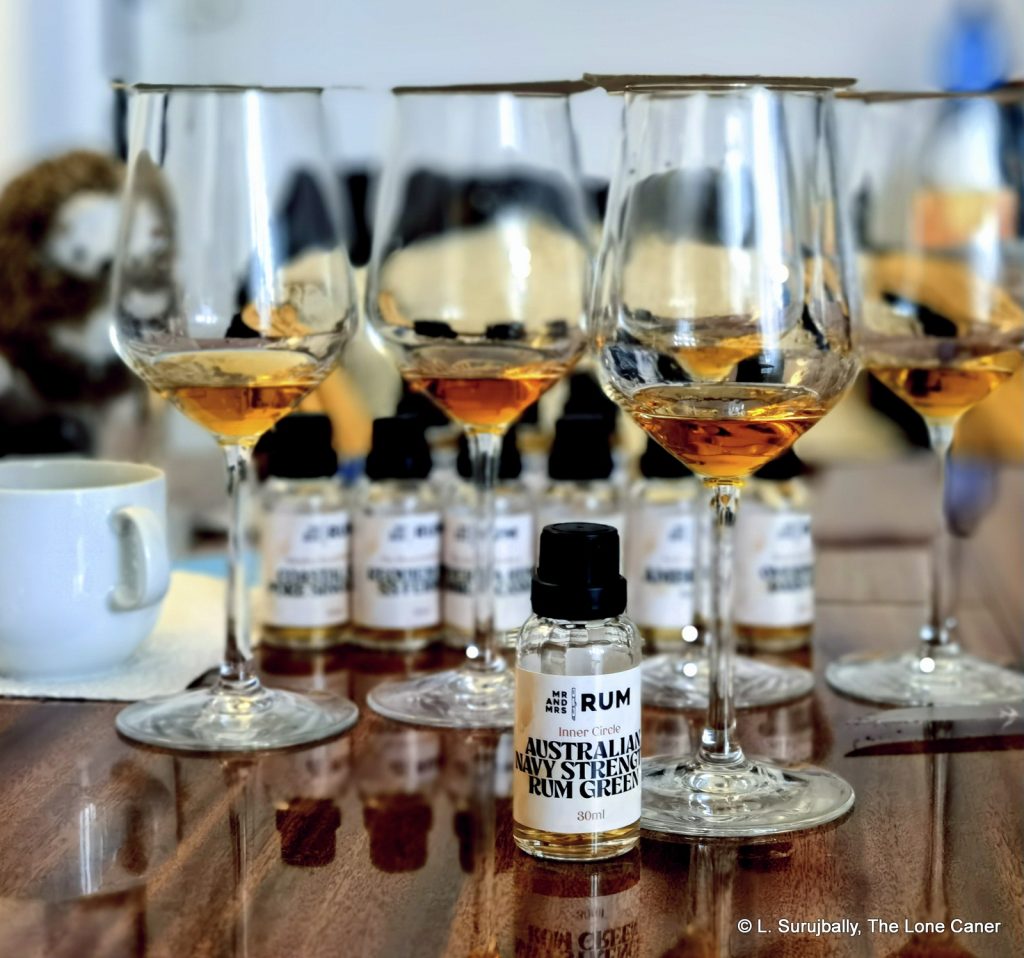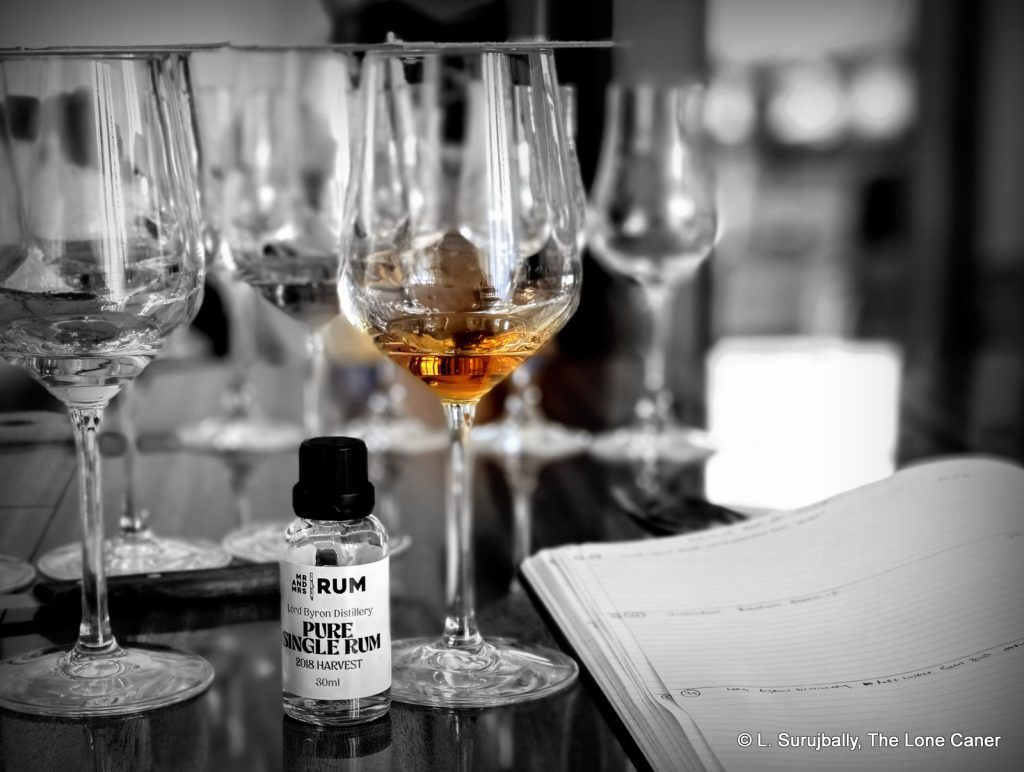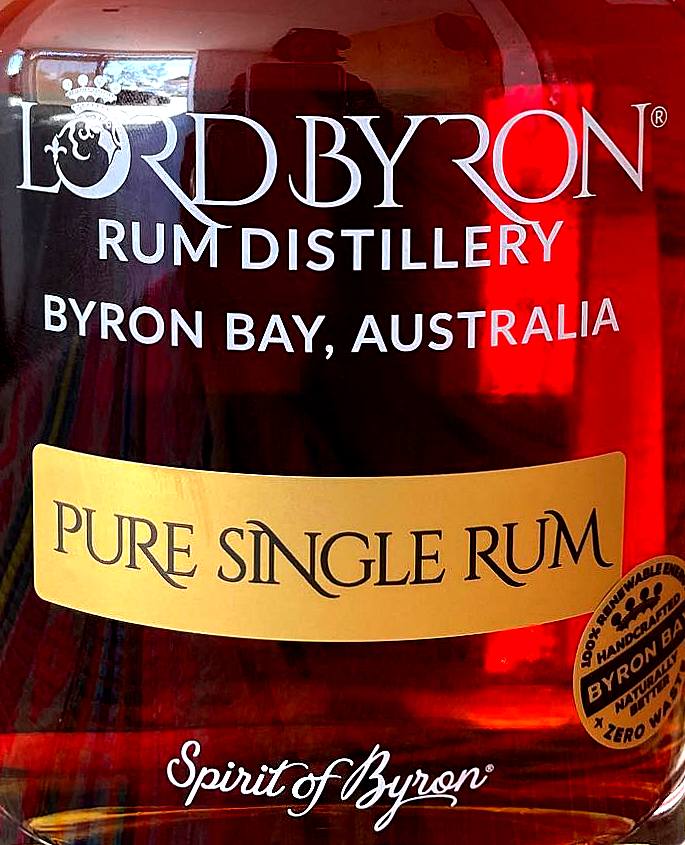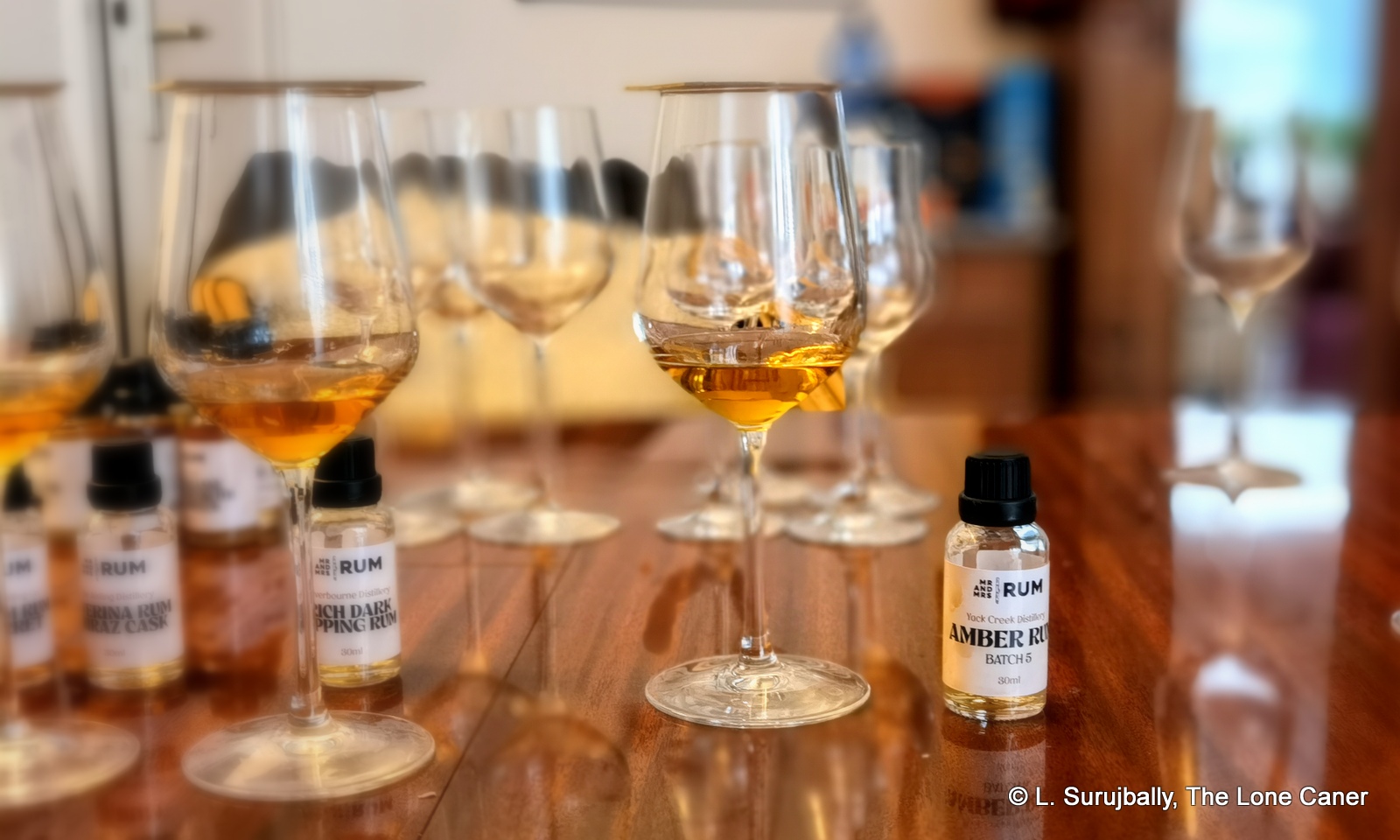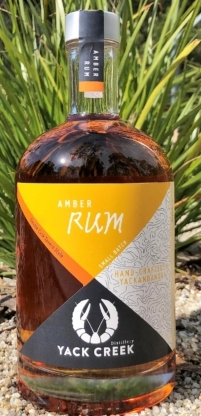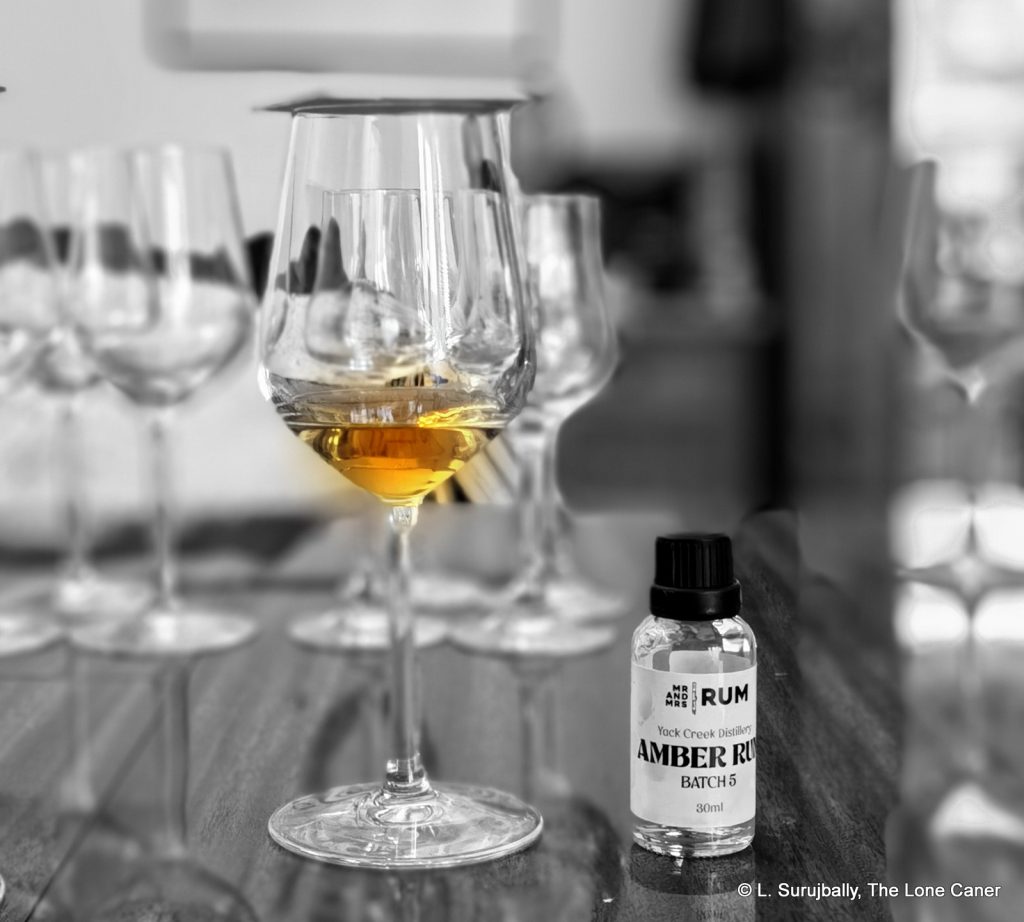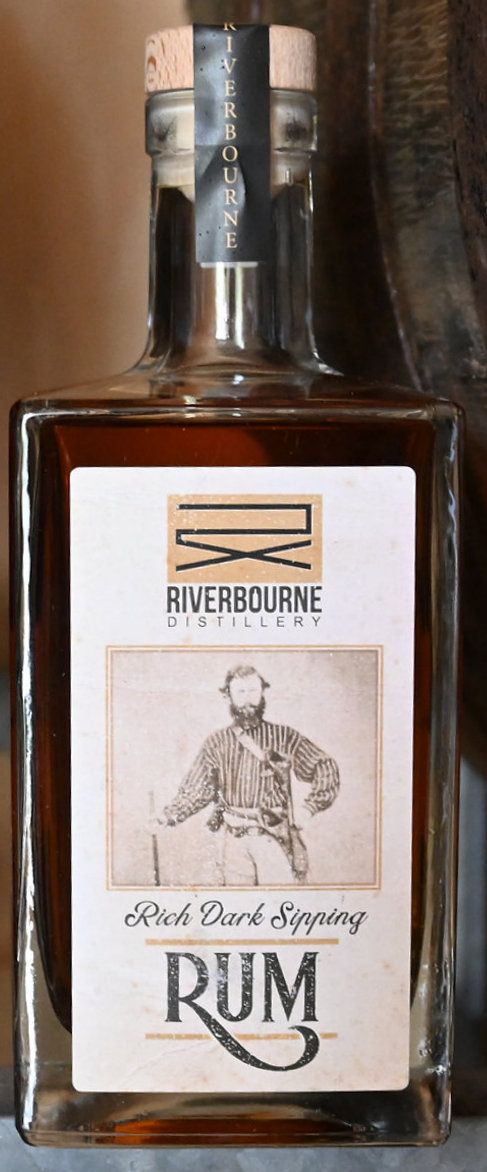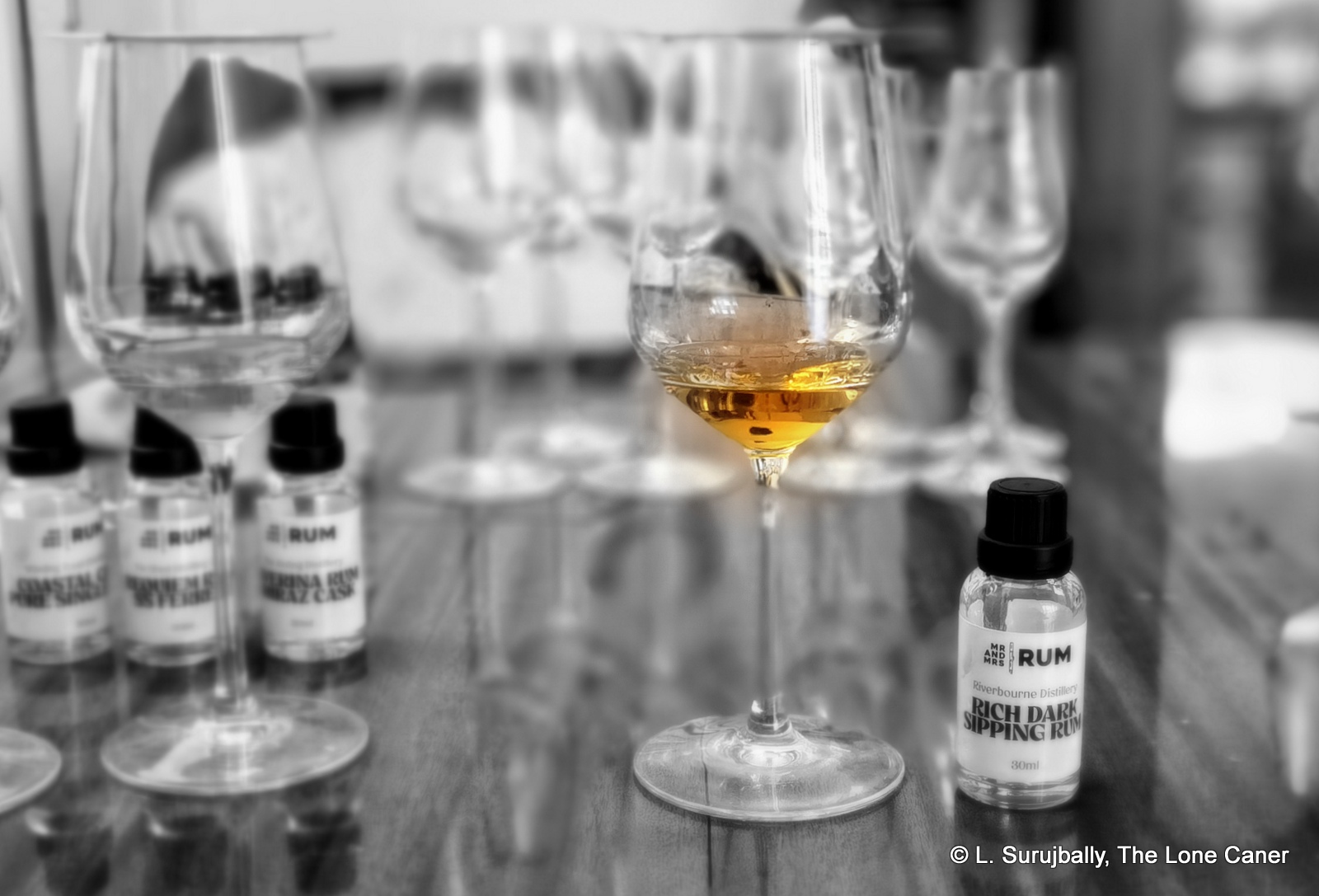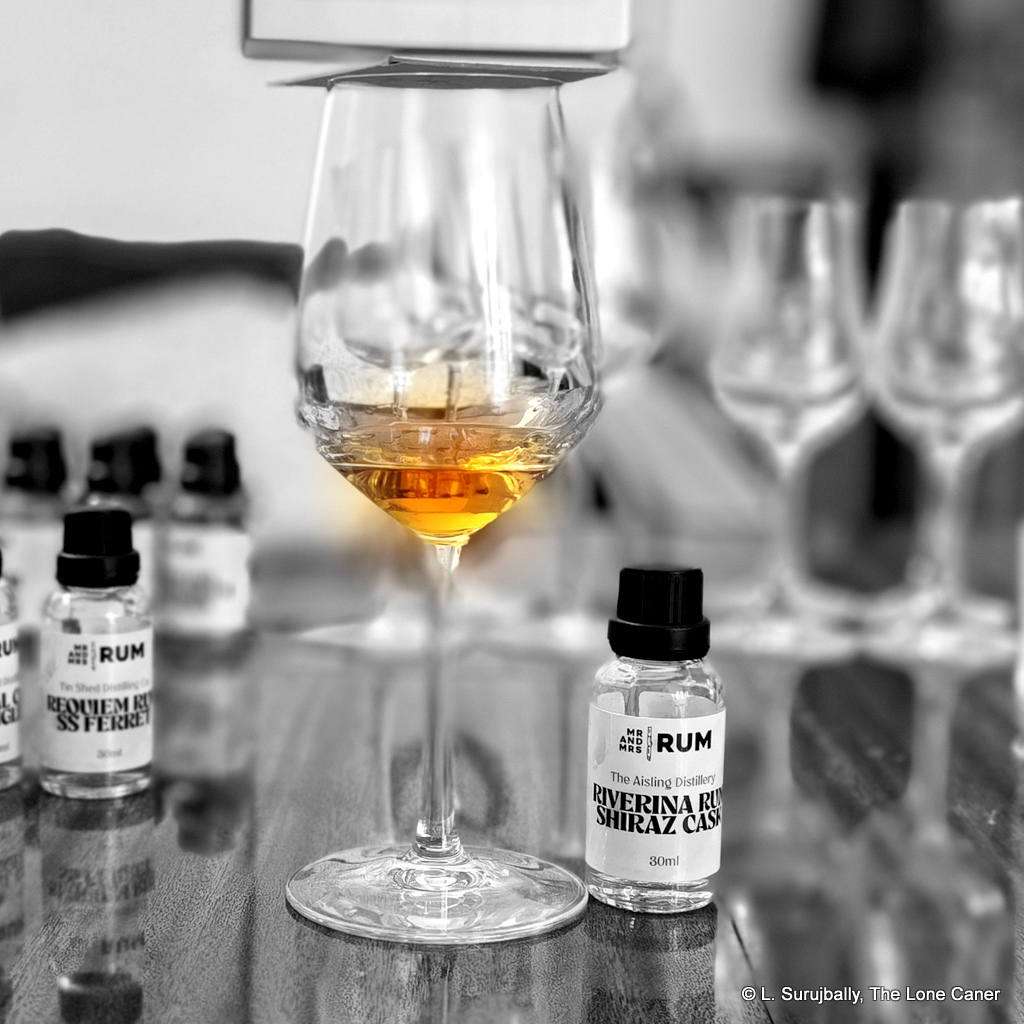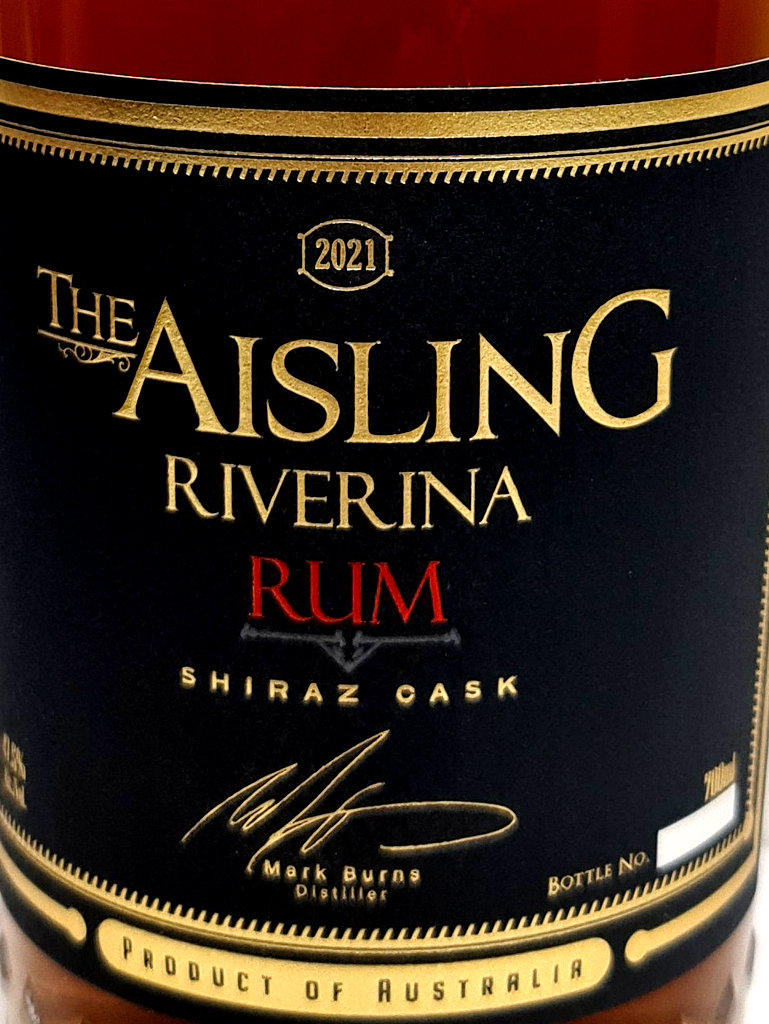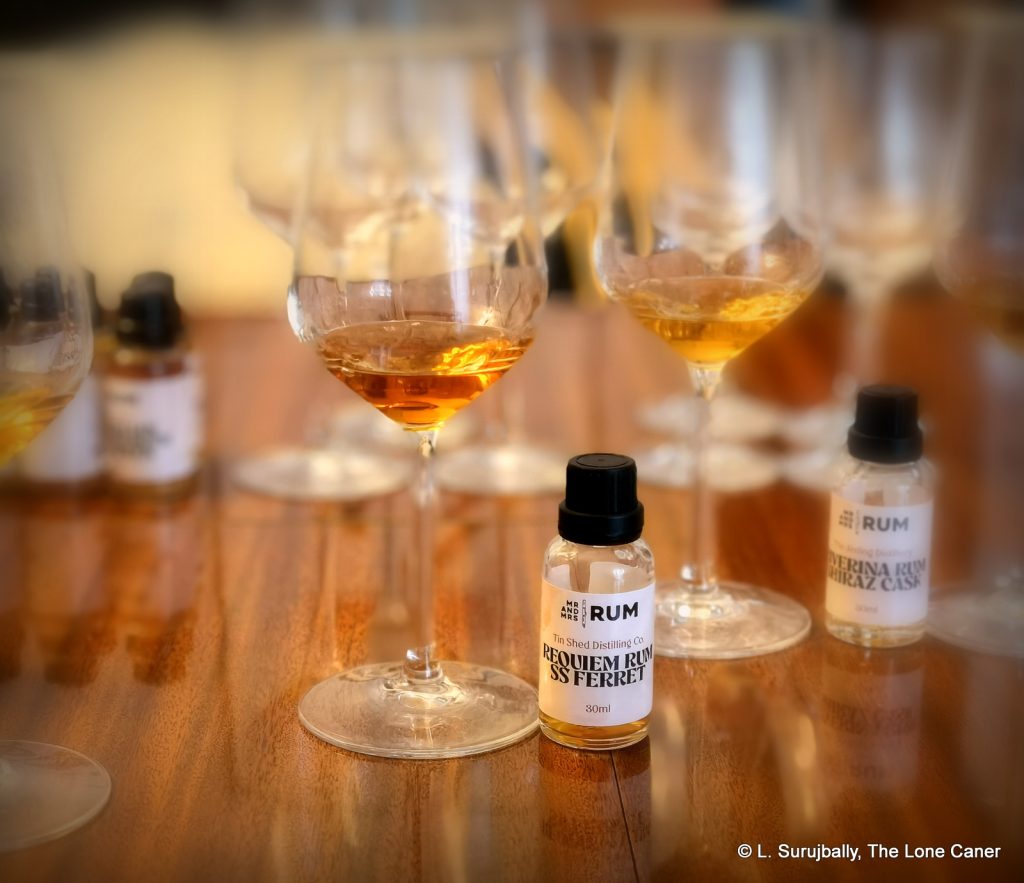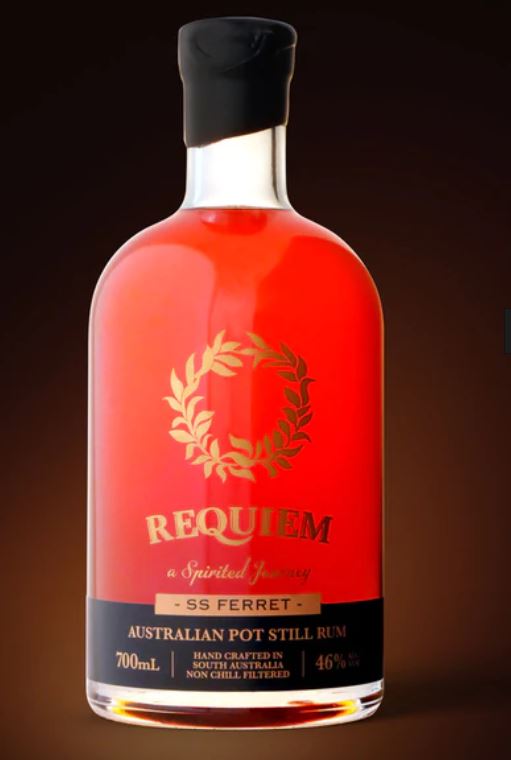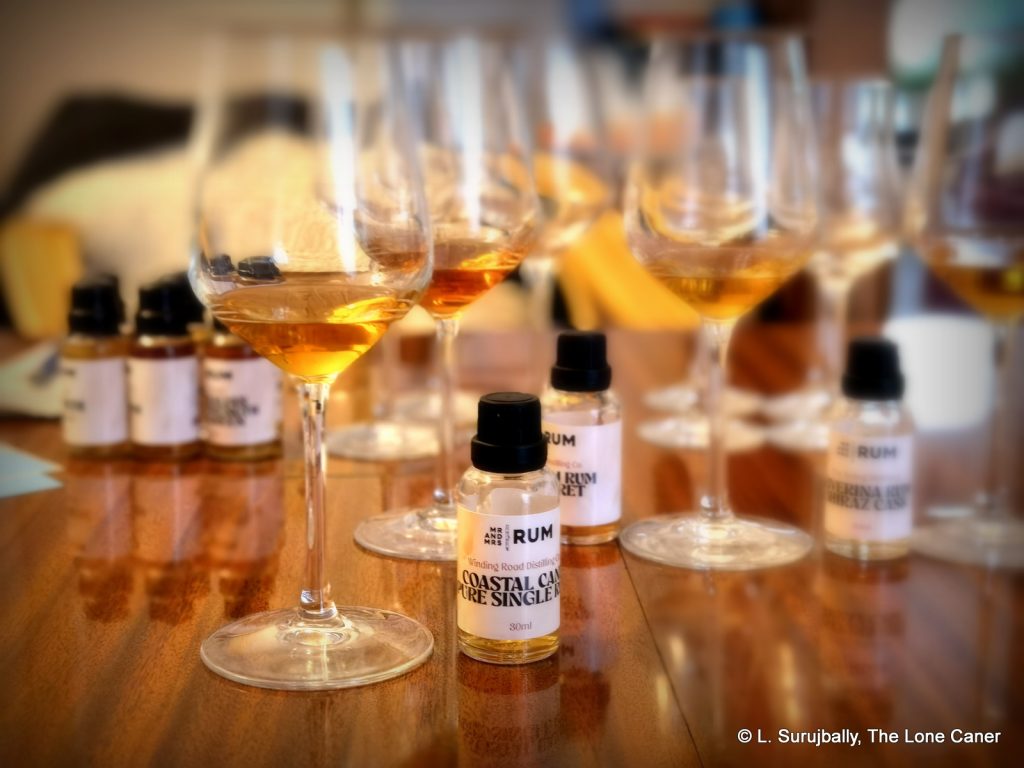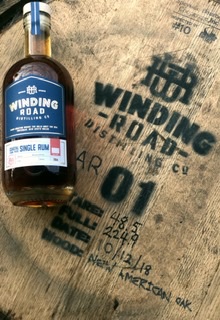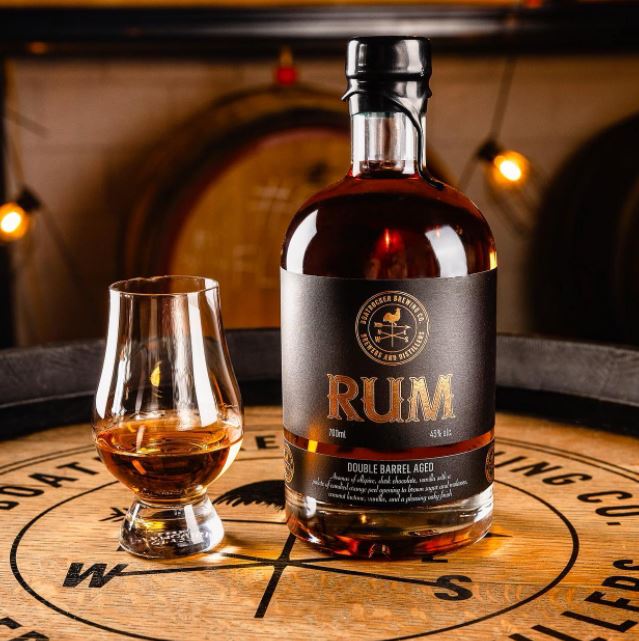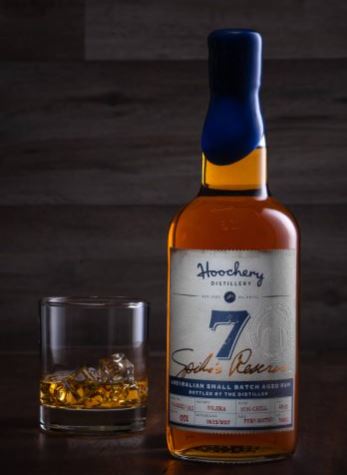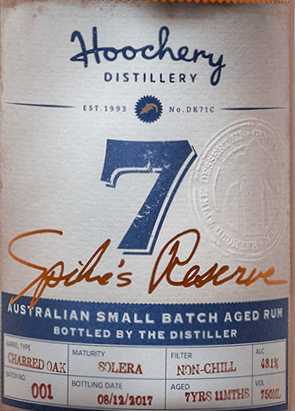Cabarita Spirits is the Australian equivalent of Nine Leaves, or so I like telling myself, and Keri Algar, the Spanish-born New Zealander who is the owner, may live in one of the prettiest places on earth, close to Cabarita Beach in the Tweed Shire of New South Wales (Husk Distillers are also in the neighbourhood). Like Yoshi-san in Japan before he did a runner on us, she is also chief cook and bottle washer, to say nothing of the entire procurement department, sales force, accounting section, maintenance manager, head distiller, bottling line and managing director all rolled into one. No, really.
All kidding aside, Cabarita is a small distillery, conceived in 2019 after Keri was feeling glumpish about doing soulless work for The Man in perpetuity. “I was wondering…how to be able to live on a Pacific Island in the possession of a small beachside rum bar without spending the next twenty years behind a desk, when it occurred to me that I might make rum, and that could be a means to my tropical dreams.” Starting with a rinky dink 25-litre still and a 25-litre fermenter and a lot of ideas led to two years of relentless self-education, distillery visits, sourcing equipment, and incredibly hard work and experimentation. Finally she ended up with a 230-litre copper pot still (handmade in Western Australia by HHH Distill), which she named Felix after her Spanish grandfather, who had worked as chemist in a sugar factory back in the day, and started commercial production with the usual unaged cane spirit (but oddly, no gin — “I never cared for it” she sniffs). While the official name of the distillery is Cabarita Spirits, she chose a different name — “Soltera” — for its associations with being carefree and unbound, though she does admit that these days she’s actually never been less carefree or unbound, what with all the effort of holding down all these jobs and only getting paid for one. But there are no regrets.
The “Oro” (“gold”) rum barrel aged cane spirit which formed part of the 2023 advent calendar is her second edition of a slightly aged product. Released in that year, it derives from molasses (sourced from Condong Sugar Mill in northern NSW for the curious), has a 3-4 week open fermentation time using commercial yeast, run through Felix and then aged for eight months in an ex-bourbon barrique that was re-coopered to ~120L and charred with a medium burn. What comes out the other end is an almost-but-not-quite colourless 40% rum that really isn’t half bad. All that hard work and playing around, methinks, sure paid off.
Let’s start with how it smells: sweet, light and citrusy, channelling the sunshine of a spring morning where the slight nip of departing winter still lingers and the grass is wet with dew. There are notes of key lime pie (including a warm pastry), light florals, pineapples, bananas and kiwi fruit, old paper, and a sort of potpourri air freshener. Also the faintest hint of vanilla and caramel, damp earth and cashews, but held way back. Air freshener, potpourri. I like the youthful freshness of it, the delicacy backed up by a solid backbone of aged and varied aromas, and call me a romantic, but I see the owner in this one in a way I rarely do with others.
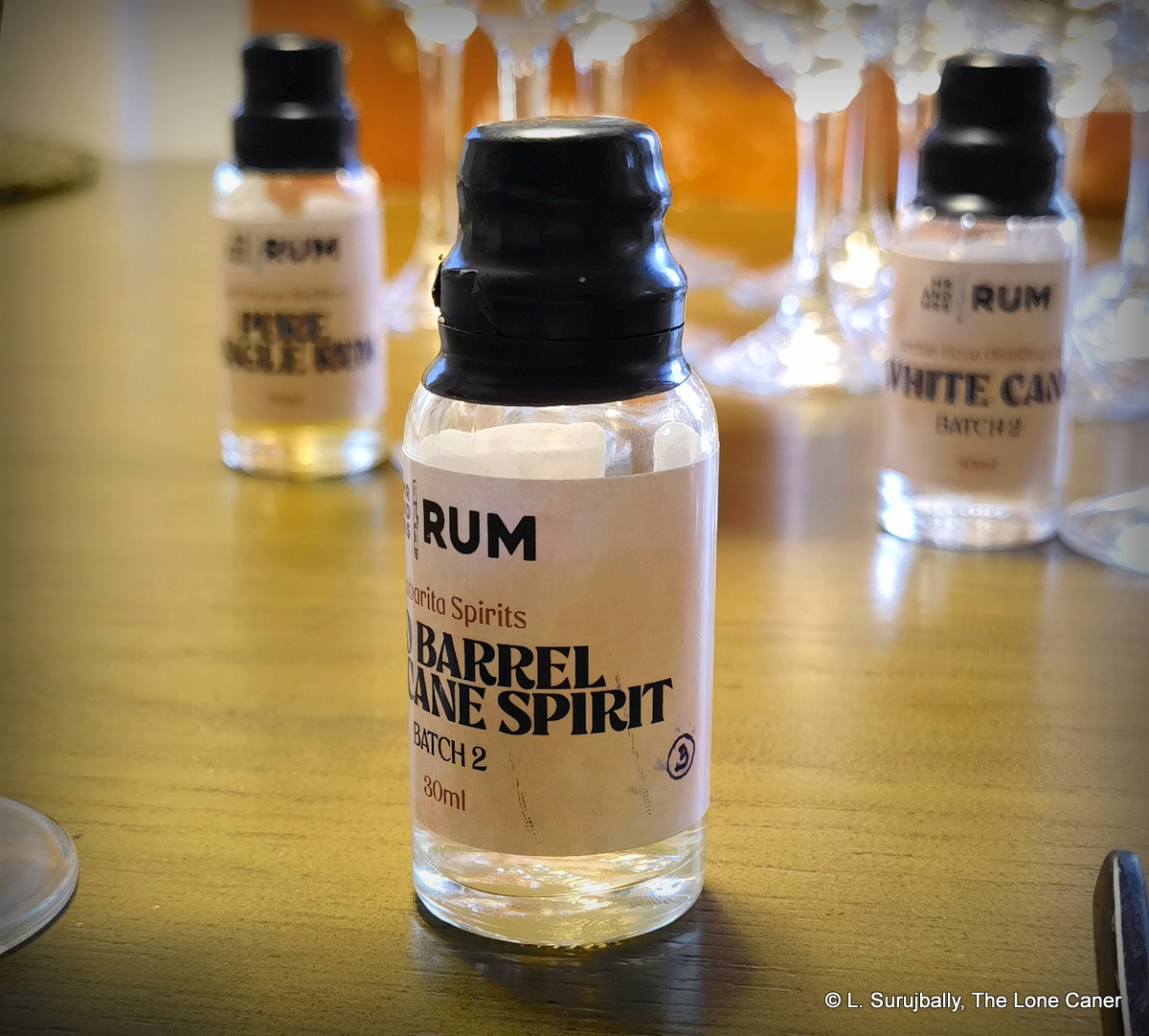 What I want to remark on as well, is the way the palate opens up over time. Initially it doesn’t taste like there’s too much going on (“too faint” I grumbled in my initial notes before crossing it out…twice) – laundry drying on the line, ginger, yoghurt, olive oil, caramel, citrus and pineapples (again). It takes effort to tease these notes out. Yet after five minutes, then ten, then half an hour, it turns bright and sparkling, and what in a lesser rum might be faint and wispy anonymous notes of zero distinction is transmuted somehow to a taste that’s really quite lovely. By the time I’m done, I’m scribbling about citrus, mangoes, laundry detergent and pastries and pouring another glass for Mrs. Caner to try and admiring the finish, which is longer and more crisp and tart than any standard strength rum has a right to be,
What I want to remark on as well, is the way the palate opens up over time. Initially it doesn’t taste like there’s too much going on (“too faint” I grumbled in my initial notes before crossing it out…twice) – laundry drying on the line, ginger, yoghurt, olive oil, caramel, citrus and pineapples (again). It takes effort to tease these notes out. Yet after five minutes, then ten, then half an hour, it turns bright and sparkling, and what in a lesser rum might be faint and wispy anonymous notes of zero distinction is transmuted somehow to a taste that’s really quite lovely. By the time I’m done, I’m scribbling about citrus, mangoes, laundry detergent and pastries and pouring another glass for Mrs. Caner to try and admiring the finish, which is longer and more crisp and tart than any standard strength rum has a right to be,
Admittedly I’m fonder of higher proof rums, so freely concede that, sure, yes, there could be more strength here (and my score reflects that): yet somehow the whole thing works well and it deserves its plaudits. Consider also the difference between what this is and what the disappointing Bayou White from last week was. There we had a sort of indifferent lowest-common-denominator commercial product made to sell and not to taste: it had about as much character as a sheet of saran wrap. Keri has not made a world beater here, no – I’d be lying if I said that – but she’s made a tasty rum with passion and drive and her own character stamped all over it. It’s a lovely little number, and a win in all the ways that matter.
(#1054)(83/100) ⭐⭐⭐½
Other Notes
- From the 2023 Australian Advent Calendar, Day 5
